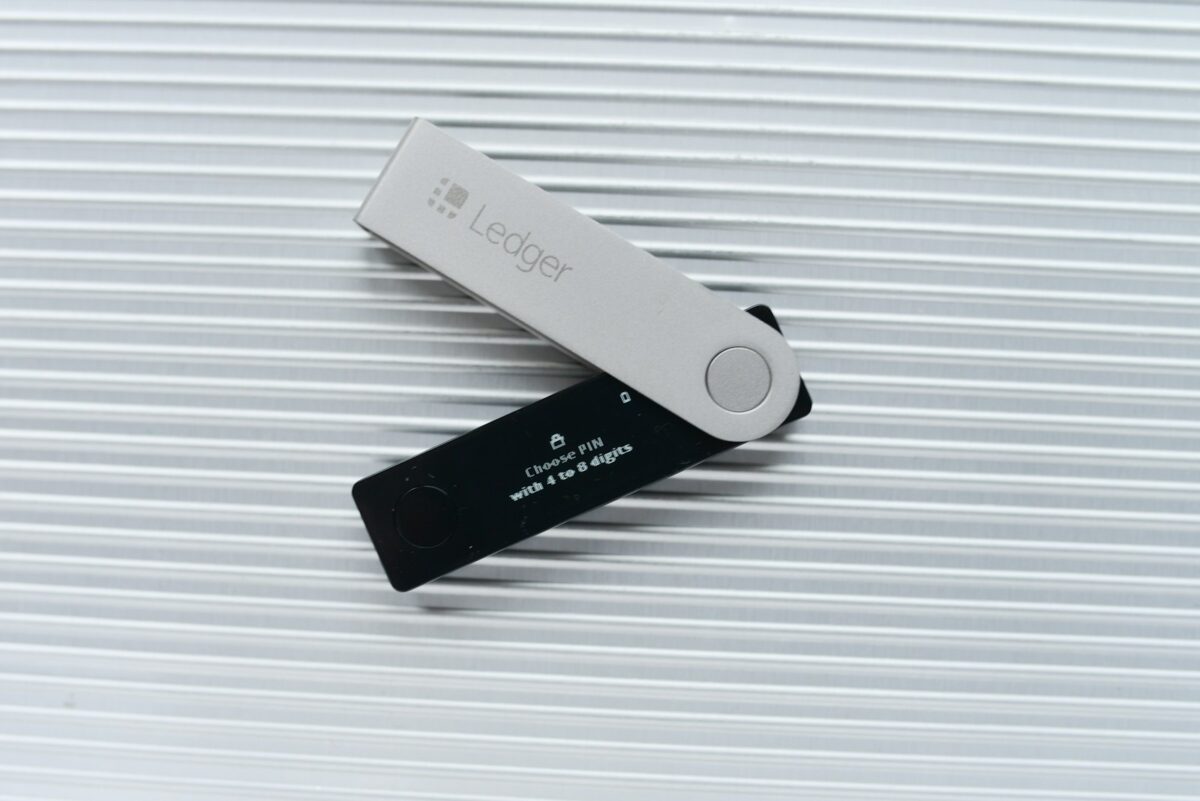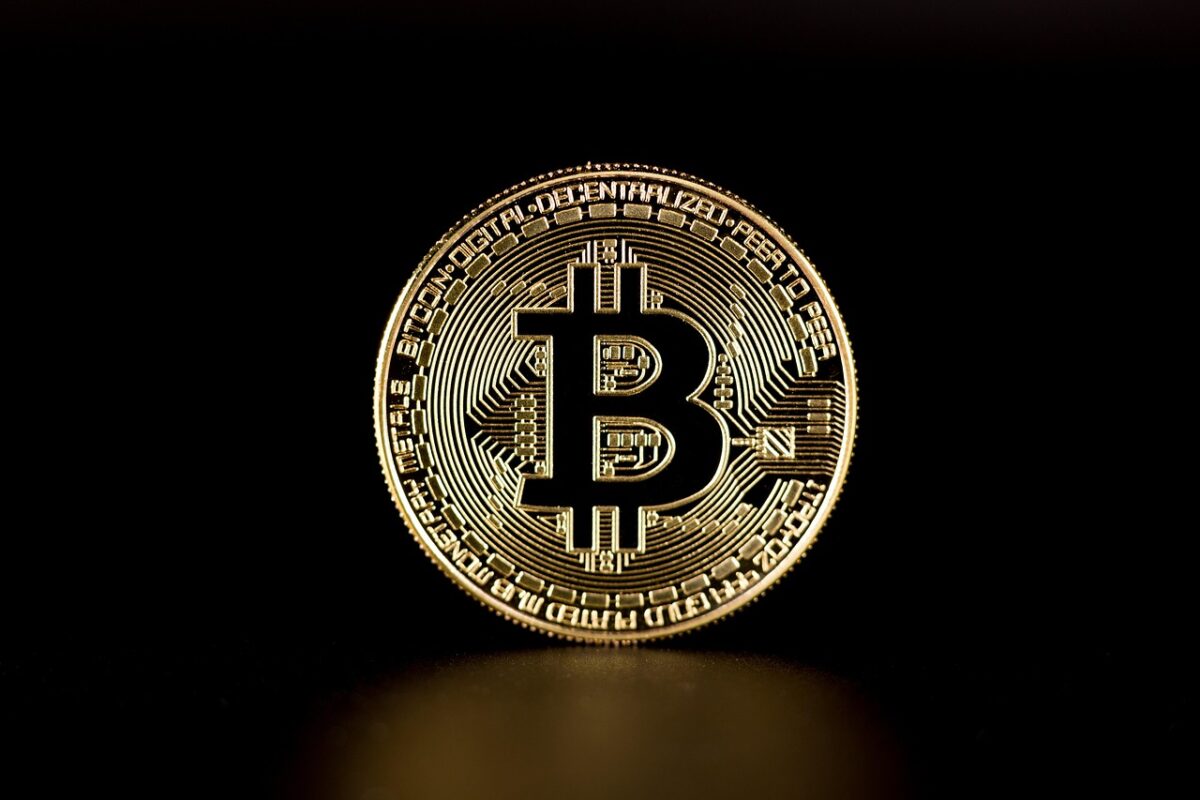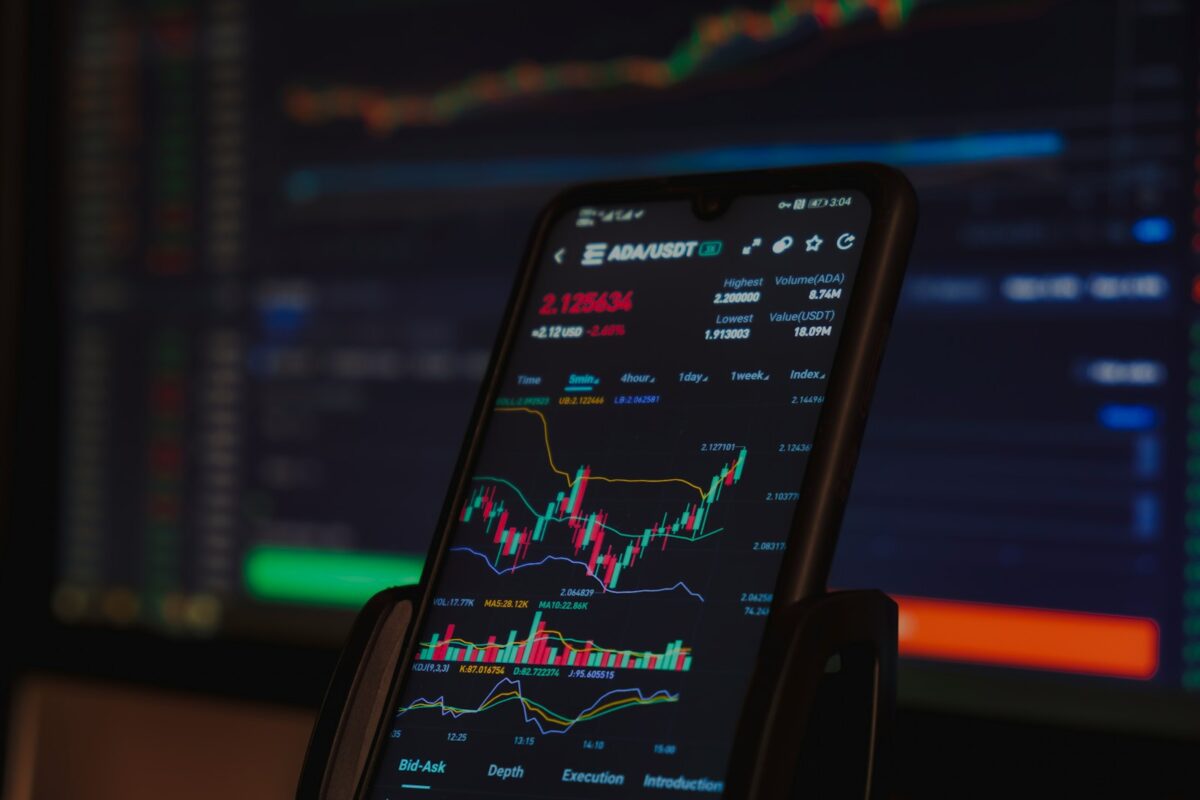
Choosing your first crypto exchange

Reputation stands as a fundamental criterion when evaluating platforms for buying and selling cryptocurrencies. Prioritizing venues with transparent histories and consistent user feedback minimizes exposure to fraud or insolvency risks. Established platforms often undergo rigorous regulation, which enhances legal protections and operational reliability, making compliance status a critical checkpoint before engagement.
Security infrastructure differentiates centralized from decentralized trading environments. Centralized services typically offer advanced custodial safeguards, including multi-factor authentication and cold storage solutions, while decentralized options provide direct control over private keys but demand heightened user responsibility. Understanding these trade-offs informs safer participation in digital asset markets.
The breadth of available features influences practical usability and strategic flexibility. Tools such as limit orders, margin trading, staking options, and comprehensive analytics empower informed decision-making. Likewise, the diversity of the selection–ranging from mainstream tokens to emerging assets–determines potential portfolio diversification and market access.
Selecting an Initial Platform for Cryptocurrency Trading
Regulatory compliance is a fundamental criterion when identifying a trustworthy digital asset marketplace. Platforms adhering to stringent national and international regulation frameworks not only provide legal protection but also enforce robust KYC (Know Your Customer) and AML (Anti-Money Laundering) procedures, reducing risks associated with fraud and illicit activities. For instance, exchanges licensed by regulatory authorities such as the U.S. SEC or the EU’s MiFID demonstrate greater operational transparency and reliability.
Reputation plays an equally critical role in assessing potential platforms. An established name with positive user reviews, low incidence of security breaches, and transparent communication channels is indicative of a mature service provider. Comparative case studies reveal that centralized entities like Coinbase maintain higher reputational scores due to their extensive customer support infrastructure, whereas some decentralized alternatives may offer increased privacy but at the cost of limited accountability.
Centralized vs Decentralized Models: A Technical Overview
Understanding the architectural differences between centralized and decentralized trading venues informs informed decision-making. Centralized platforms operate on proprietary servers, managing custody of users’ funds internally, which allows for advanced features such as margin trading, lending services, and fiat gateways. Conversely, decentralized exchanges (DEXs) run on blockchain protocols enabling peer-to-peer transactions without intermediaries, thus enhancing censorship resistance but often sacrificing transaction speed and user experience.
The selection between these models depends on trade-offs among control, security, and functionality. For example, Uniswap exemplifies a DEX providing direct wallet-to-wallet swaps using automated market makers (AMMs), while Binance offers extensive order book depth combined with staking options within its centralized environment.
Security mechanisms are paramount in safeguarding digital assets across any platform type. Multi-factor authentication (MFA), cold storage solutions for asset reserves, regular penetration testing, and real-time monitoring systems constitute essential technical defenses. Historical analyses show that exchanges implementing hardware security modules (HSMs) alongside insurance policies against hacking losses significantly mitigate user risk exposure.
Comprehensive feature sets also influence platform suitability depending on individual requirements. Some marketplaces incorporate APIs for algorithmic trading, educational resources for newcomers, or integrated portfolio trackers facilitating holistic management of digital holdings. Evaluating these capabilities through systematic experimentation–such as deploying API calls or simulating trades in test environments–enables practical understanding beyond theoretical descriptions.
Compare Supported Cryptocurrencies
Selecting a platform with an extensive and diverse selection of digital assets is critical for users aiming to execute varied investment strategies or access specific blockchain projects. Centralized venues typically offer hundreds of cryptocurrencies, including major tokens like Bitcoin (BTC), Ethereum (ETH), and emerging altcoins, whereas decentralized platforms often provide fewer options but emphasize trustless trading through smart contracts.
Analyzing the features related to supported assets reveals differences beyond simple token count. Some venues integrate wrapped tokens, stablecoins pegged to fiat currencies, and governance tokens from DeFi protocols, expanding the scope of tradable instruments. For instance, Binance supports over 500 cryptocurrencies and multiple trading pairs, facilitating complex portfolio diversification. Conversely, Uniswap–a decentralized protocol–focuses on ERC-20 tokens within the Ethereum ecosystem but lacks cross-chain interoperability.
Security Implications of Asset Selection
The range of supported cryptocurrencies directly impacts security considerations. Platforms hosting numerous lesser-known tokens may expose users to higher risks due to limited liquidity and potential vulnerabilities in smart contract code. Centralized services implement rigorous vetting processes and utilize cold storage solutions to safeguard popular assets; however, newly listed tokens might not undergo exhaustive audits. Decentralized alternatives shift security responsibility onto users’ wallets but benefit from open-source transparency that permits community-driven code review.
Reputation plays a vital role when evaluating venues by their asset offerings. Exchanges with established histories tend to list coins with proven track records and regulatory compliance, reducing exposure to scams or pump-and-dump schemes. By contrast, smaller or newer platforms may prioritize rapid expansion of their token catalog without stringent quality controls–an aspect that demands cautious experimental verification by traders seeking novel opportunities.
Fee Structures Relative to Cryptocurrency Variety
Diverse selections influence fee models across different systems. Centralized hubs often apply fixed or tiered commission fees per trade depending on the traded pair’s volume and volatility–for example, Coinbase charges between 0.5% and 4% depending on payment methods and transaction size. Decentralized exchanges generally incur gas fees tied to blockchain network congestion rather than platform commissions; this variable cost affects transactions involving certain ERC-20 tokens more than others due to computational complexity in smart contracts.
This differentiation highlights how technical infrastructure influences cost-efficiency when handling a broad asset base.
The Role of Decentralization in Cryptocurrency Support
A key experimental question involves how decentralization affects available tokens’ authenticity and governance participation rights embedded within them. Decentralized platforms permit anyone to create liquidity pools for new tokens without centralized approval processes, fostering innovation but raising concerns about fraud potential. Investigating these dynamics requires comparing transaction finality times, slippage rates during trades on low-liquidity pairs, and audit reports published by token developers.
A comprehensive approach incorporates monitoring real-time data from APIs provided by both centralized entities like Kraken or Gemini alongside decentralized aggregators such as DEXTools or CoinGecko’s liquidity indexes. This method enables empirical assessment of market depth relative to coin variety while considering security implications inherent in each ecosystem’s architecture.
Evaluate Security Features
Selecting a trading platform requires rigorous assessment of its security framework, as this directly impacts asset protection and user trust. Prioritize platforms that implement multi-factor authentication (MFA), cold storage solutions, and regular penetration testing. For instance, centralized venues like Coinbase employ hardware security modules (HSMs) combined with insurance policies to mitigate hacking risks. Conversely, decentralized interfaces leverage smart contracts and cryptographic proofs to minimize custodial vulnerabilities, yet their auditability and protocol security must be thoroughly verified before engagement.
Transaction fees often correlate indirectly with security investments; exchanges charging minimal fees might compromise on advanced protective measures or regulatory compliance. Regulatory adherence serves as a robust indicator of operational transparency and risk management protocols. Platforms regulated by recognized authorities (e.g., SEC, FCA) frequently submit to mandatory audits and implement Know Your Customer (KYC) procedures enhancing overall system integrity. However, some decentralized systems operate outside traditional regulatory frameworks, placing greater emphasis on open-source code scrutiny and community-driven governance mechanisms.
Technical Security Mechanisms
Examine the underlying technical safeguards such as encryption standards (AES-256), distributed denial-of-service (DDoS) mitigation techniques, and secure API implementations. The use of hierarchical deterministic wallets (HD wallets) allows precise key management reducing exposure during transaction signing processes. Case studies reveal that exchanges lacking comprehensive cold wallet segregation experienced significant losses during high-profile cyber attacks in 2021-2022. Decentralized platforms employing consensus algorithms like Proof of Stake or Delegated Proof of Stake introduce novel security vectors but require continuous monitoring for potential exploits or validator collusion.
The reputation of a platform correlates strongly with its historical security performance and incident response effectiveness. Independent analyses from cybersecurity firms provide detailed reports on breach attempts, data leakages, and system resilience metrics. Integrating these insights with direct user feedback creates a multidimensional evaluation framework supporting informed selection decisions beyond fee structures or interface usability alone.
Understand Fee Structures
Fees directly impact profitability and trading strategy on any platform. Before engaging with a centralized or decentralized venue, analyze the fee schedule thoroughly: maker fees, taker fees, withdrawal charges, and deposit costs vary widely. For instance, Binance employs a tiered system where high-volume traders benefit from reduced fees, while Coinbase Pro offers flat-rate fees but higher withdrawal charges. This differentiation can affect net returns significantly.
Reputation ties closely to transparent and competitive fee structures. Platforms with opaque or hidden fees risk user trust erosion and regulatory scrutiny. Regulatory frameworks in jurisdictions like the US and EU require clear disclosure of all transactional costs; failure to comply can result in fines or license revocation. Hence, platforms operating under strict regulation often provide detailed breakdowns of their fee components.
Fee Models: Centralized vs Decentralized Platforms
Centralized venues typically charge explicit fees per transaction–often split into maker (order adds liquidity) and taker (order removes liquidity) categories–to incentivize market depth. Conversely, decentralized platforms built on blockchain protocols impose gas fees for network validation alongside platform commissions if applicable. For example, Uniswap’s swap fee is fixed at 0.30%, but gas costs fluctuate based on Ethereum network congestion, introducing variability absent in centralized systems.
The selection of an exchange should consider these nuances: in volatile markets with sudden spikes in gas prices, decentralized alternatives might become prohibitively expensive despite offering greater censorship resistance and control over assets. Centralized entities offer lower latency executions but may introduce additional deposit or fiat conversion costs that cumulatively increase expenses.
A comprehensive understanding requires examining how features influence overall cost-effectiveness beyond nominal fees alone. Some platforms bundle advanced analytical tools or staking options without extra charges–offsetting higher trade commissions through additional revenue streams or incentives.
Experimentally comparing total expenditure across multiple transaction scenarios helps identify which venue aligns best with a specific trading approach. For example, frequent small trades might accumulate excessive taker fees on one platform but prove economical on another featuring volume discounts or zero-fee promotions backed by large liquidity providers.
Check User Interface Ease
Prioritize platforms where the user interface (UI) enhances operational security without sacrificing intuitive navigation. A well-designed UI minimizes errors during critical activities such as order placement and withdrawal processes, reducing vulnerability to phishing attacks or accidental fund losses. Centralized platforms with cluttered dashboards often increase cognitive load, which can indirectly compromise security by overwhelming users, especially under volatile market conditions.
Evaluate the selection of features presented in the interface to ensure they align with personal trading needs while maintaining clarity. For example, exchanges offering advanced charting tools alongside straightforward deposit and withdrawal flows demonstrate a balance between functionality and usability. Regulatory-compliant venues frequently invest in UI updates to meet accessibility standards, supporting diverse user demographics and enhancing overall platform reputation.
Interface Design and Security Integration
A secure exchange integrates multi-factor authentication prompts seamlessly within the UI rather than as disruptive pop-ups that users might ignore or bypass. Research indicates that platforms embedding security features contextually–such as biometric verification on withdrawal screens–experience fewer unauthorized access incidents. Conversely, exchanges with outdated interfaces lacking these integrations often face higher rates of account breaches despite imposing strict backend policies.
The arrangement of fee structures also influences user perception and decision-making efficiency. Transparent fee displays integrated into transaction windows reduce confusion and help traders optimize cost management without navigating away from active trading screens. Case studies reveal that exchanges with clear, real-time fee breakdowns see higher user retention compared to those requiring multiple clicks to uncover hidden charges.
Finally, UI responsiveness across devices determines accessibility for users who rely on mobile or tablet platforms. High latency or inconsistent layouts can lead to misexecuted trades or delays in responding to market shifts–risks magnified on centralized platforms where execution speed is critical. Experimentation with test accounts on various devices exposes potential interface bottlenecks, enabling informed choices based on firsthand interaction rather than reputation alone.
Review Customer Support Options: Analytical Conclusion
Strong customer support frameworks directly influence the operational reliability and user trust in both centralized and decentralized trading platforms. Prioritizing support features that integrate real-time responsiveness, multi-channel accessibility, and multilingual capabilities enhances the user experience while safeguarding transaction integrity amid complex security protocols.
Reputation metrics tied to customer service quality often correlate with compliance to regulation standards and transparent fee structures, which collectively mitigate systemic risks. The interplay between support efficiency and platform selection becomes increasingly critical as emerging blockchain innovations demand swift resolution of technical anomalies without compromising asset security.
Key Technical Insights and Future Directions
- Features: Advanced support tools such as AI-driven chatbots combined with human escalation paths optimize issue resolution times, maintaining operational continuity during high-volume periods.
- Reputation: Platforms demonstrating consistent uptime in support services tend to retain higher liquidity due to increased trader confidence, especially under volatile market conditions.
- Security: Integration of secure communication channels within customer service workflows helps prevent social engineering attacks targeting user credentials or private keys.
- Regulation: Compliance with jurisdictional mandates necessitates transparent reporting mechanisms embedded within support systems, ensuring auditability and legal adherence.
- Selection: User preference data suggest a growing inclination towards hybrid models combining centralized oversight with decentralized protocol governance to balance control and autonomy in dispute handling.
- Decentralized vs Centralized: Decentralized platforms face unique challenges in providing direct support due to distributed governance, creating opportunities for community-driven help desks supported by smart contract arbitration.
- Fees: Transparent disclosure of any additional costs related to premium support tiers or expedited services influences platform competitiveness and user retention rates.
The trajectory toward more sophisticated customer assistance models will likely incorporate adaptive machine learning algorithms capable of predictive issue detection before user impact occurs. Experimentation with blockchain-based identity verification for support authentication could further enhance security layers without adding friction. Exploring these dimensions offers pathways for innovation that align robust technical frameworks with evolving user expectations, fostering an ecosystem where reliability and transparency drive sustained growth in cryptocurrency trading environments.


